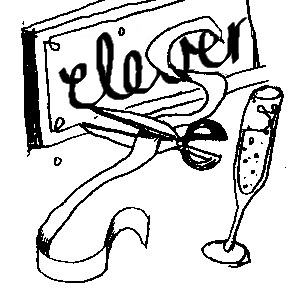Introduction
Module 1 - What is SusTelling?
Module 2 - How does SusTelling work?
Module 3 - How can SusTelling be used?
THE “CLEVER” CASE STUDY: WRITING STORIES
A. REFLECTING ON YOUR OWN STANCE
C. DETERMINE THE STORY’S EFFECTS
MODULE 3: HOW CAN SUSTELLING BE USED?

Recommendation
To approach the task of writing your own story as professionally as possible, we recommend that you look up the resources under “Learn more”.
In addition, we invite you to listen to the interview excerpts by Torsten Schäfer and Heike Janßen (Slide 2), in which they describe methods that can support your writing process.
“Next” takes you to step 1 of the instructions.
This work is licensed under a Creative Commons Attribution-NonCommercial-ShareAlike 4.0 International License



 Torsten Schäfer is a journalist, writer, and professor of journalism and text production at Darmstadt University of Applied Sciences. His work focuses on style and language, storytelling, environmental and European journalism, and media sustainability.
Torsten Schäfer is a journalist, writer, and professor of journalism and text production at Darmstadt University of Applied Sciences. His work focuses on style and language, storytelling, environmental and European journalism, and media sustainability. Heike Janßen is a journalist, writer, and trainer. Her work focuses on politics, sustainability, climate change, development aid, media and Africa.
Heike Janßen is a journalist, writer, and trainer. Her work focuses on politics, sustainability, climate change, development aid, media and Africa.